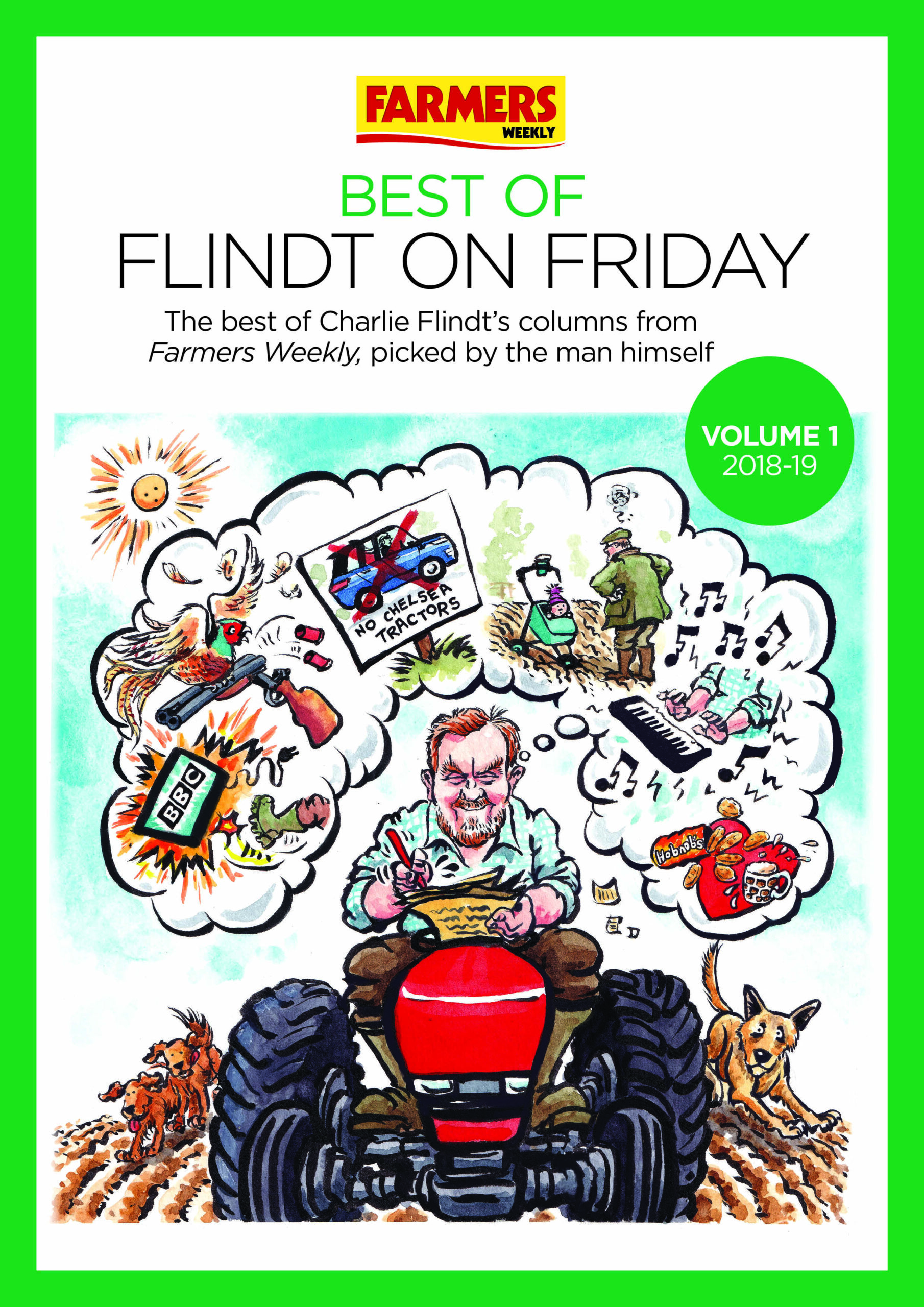Opinion: Seed bags give me the hump

Now, I’m not a complainer. I have the long-suffering and patient attitude that comes naturally after a childhood in the 1960s and 1970s boarding school system. Cockroaches in the dormitories? Oh well. Rotting food? Just shrug the shoulders, be brave, and eat. It’s better than the smack round the head that comes from the psychopathic master for not eating. But when our Fuego spring beans arrived the other day, I did feel a bit of an urge to make a fuss.
Things have moved on very nicely in the bag department in the 30 years I’ve been unloading them and then emptying them into assorted machines. Single hundredweight paper bags for seed, plastic bags for fertiliser. Then Dad brought a proper pallet unloader, and it was 30 sacks on a pallet. We were still handling them, bag at a time, into the spreader and drill.
Then it was “dumpies” – bulk fertiliser on pallets; a vast improvement. And for many years now, everything has been in the single hoop big bag. Easy to unload, easy to stack, easy to transport, and dead handy for packing up spray cartons when they’re finished with.
But this spring, a vast order of beans arrived in the most curious – no, make that idiotic – bags I’ve ever seen. They were almost cubic, with a little loop at each of the top corners. The lorry driver and I looked at them for a few minutes while we mulled over the implications. It became obvious to me that there were two major disadvantages: first, he was going to have to help me get the tubes of the bag lifter through the four tiny hoops. And second, I was only going to be able to pick up one bag at a time.
“A vast order of beans arrived in the most curious – no, make that idiotic – bags I’ve ever seen” Charlie Flindt
Meanwhile, the driver, who had had a bad couple of days with all the snow, realised that not only was he going to have to climb all over the bags, helping me get the lifter tubes through the hoops, thereby missing his session in the cab doing whatever drivers do in the cab while I unload, but the whole thing was going to take twice as long as it should have done, because we were taking the bloody bags off one at a time.
They stacked neatly in the barn, being almost square. But it was only after I’d got the last ones in, three high, that I realised how silly that was. Come drilling-time, I would have to offer up the bag lifter tubes to the loops, jump out of the cab, scale the mountain of bean bags, put the first loops over, scale back down, get in the tractor, drive forward just the right amount (bearing in mind the front of the tubes are now invisible), get out, scale up the heap again, put the back loops over the tubes, scale down again, drive out and put one poxy bag in the drill. Then do it all again. In a hurry, with a bad back and failing eyesight, and suffering from having had too many in the Jolly Flowerpots the night before. A picture of rustic bliss, it ain’t.
A gentle email to the depot brought a prompt phone call, and an explanation along the lines of: They’re foreign, see? That’s how they come from over there.
“Oh, well, gosh, that explains it,” I stammered, all Hugh Grant-like. “Sorry to bother you.” That’s me all over; typical boarding school boy. Mustn’t make a fuss.
Charlie Flindt
Charie is a tenant of the National Trust, farming 380ha at Hinton Ampner, Hampshire.

